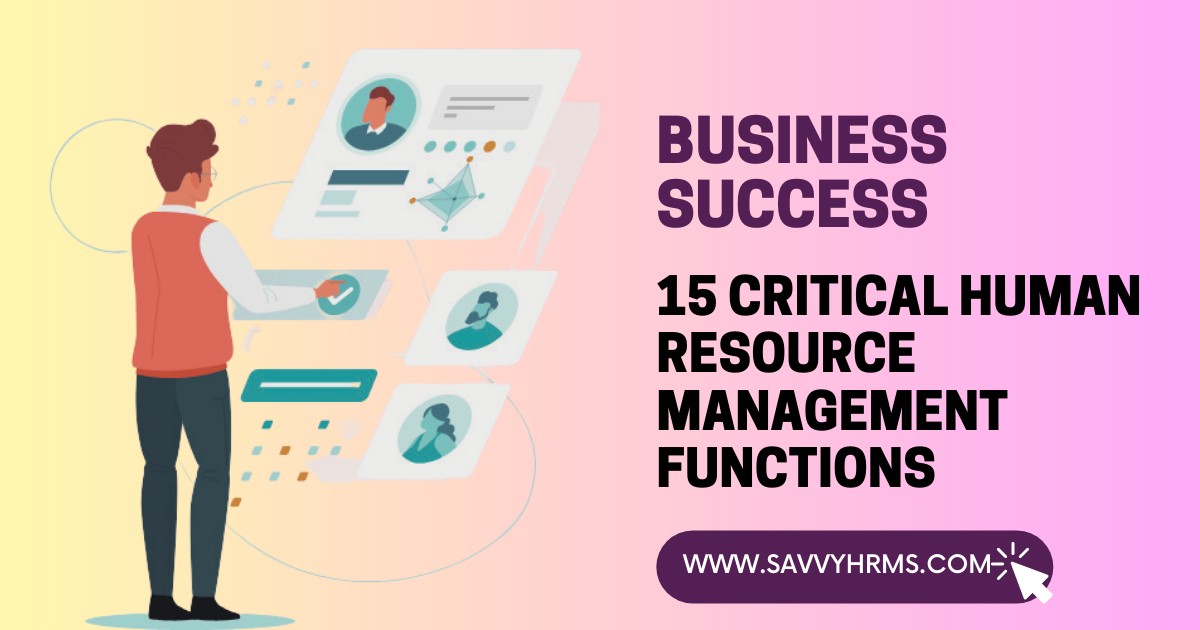Understanding the Importance of a Leave Management System
Organizations are continuously looking for methods to improve productivity and retain a productive workforce in the fast-paced commercial world of today. One critical aspect that often goes unnoticed but plays a vital role in achieving these goals is leave management. A well-designed Leave Management System (LMS) ensures smooth handling of employee leave requests, minimizes administrative burdens, and fosters a fair work culture. This article delves into the essentials of an LMS, its benefits, and why every organization needs one.
What is a Leave Management System?
Employee leave requests, authorization, and monitoring are managed and streamlined with the help of digital tools or software called leave management systems. It eliminates the need for manual record-keeping, reduces errors, and provides real-time insights into leave balances, trends, and workforce availability. Modern LMS platforms often integrate with payroll systems and employee management tools, making them a cornerstone of efficient human resource management.
Key Features of a Leave Management System
1. User-Friendly Interface
An LMS need to be simple to use and intuitive. Both employees and managers should be able to navigate the system without extensive training.
2. Leave Policy Customization
Every organization has unique leave policies. A robust LMS allows HR teams to customize settings to align with organizational rules, such as annual leave, sick leave, maternity/paternity leave, and unpaid leave.
3. Real-Time Leave Tracking
Real-time tracking ensures that employees and managers have accurate information about leave balances and pending requests.
4. Approval Workflow Automation
An efficient LMS automates the approval process, notifying relevant stakeholders and reducing delays.
5. Integration with Other Systems
Integration with payroll, attendance, and HR management systems ensures seamless operations and accurate calculations for pay and benefits.
6. Data and Analytics
Modern LMS platforms offer analytics and reporting features that provide insights into leave trends, helping organizations make informed decisions about workforce planning.
Benefits of a Leave Management System
1. Streamlined Processes
With an LMS, the entire leave management process becomes automated and streamlined, reducing paperwork and the risk of errorsWith a few clicks, supervisors can approve or deny leave requests submitted by employees online.
2. Improved Compliance
Organizations must adhere to labor laws and regulations regarding employee leave. An LMS ensures compliance by keeping track of statutory leave requirements and preventing policy violations.
3. Enhanced Transparency
Transparency in leave policies and processes fosters trust between employees and management. Employees can access their leave records and understand how their requests are being handled.
4. Increased Productivity
By automating administrative tasks, an LMS frees up HR professionals and managers to focus on strategic initiatives, ultimately boosting organizational productivity.
5. Better Workforce Management
An LMS provides managers with a clear view of employee availability, helping them make informed decisions about workload distribution and resource allocation.
6. Cost Savings
Eliminating manual processes and errors reduces administrative costs and ensures accurate payroll calculations, leading to significant cost savings over time.
Why Your Organization Needs a Leave Management System
Implementing an LMS is not just about convenience; it’s a strategic move that impacts various facets of your organization. Here are some reasons why your company requires an LMS:
Expanding Workforce: Handling leave manually gets more difficult and time-consuming as your company gets bigger.
Remote and Hybrid Work Models: With the rise of remote and hybrid work setups, an LMS ensures that leave management remains efficient and accessible.
Employee Satisfaction: Simplified leave processes contribute to higher employee satisfaction and retention.
Scalability: A scalable LMS grows with your organization, adapting to new policies, regulations, and workforce requirements.
Choosing the Right Leave Management System
Take into account the following elements while choosing an LMS for your company:
Make sure the system is easy to use and requires little training.
Customization: The ability to adapt to your organization’s unique policies is crucial.
Integration Capabilities: Seek out a system that easily combines with the tools you already have.
Security: Protecting employee data need to be a primary concern.
Support and Maintenance: Choose a vendor that offers reliable customer support and regular updates.
Steps to Implementing a Leave Management System
1. Identify Organizational Needs
Start by assessing your organization’s leave management challenges and requirements.
2. Evaluate LMS Options
Research and compare various LMS platforms, considering features, costs, and user reviews.
3. Plan the Rollout
Develop a detailed plan for implementing the LMS, including timelines, training, and communication strategies.
4. Train Employees and Managers
To guarantee that everyone can utilize the system efficiently, give them thorough training.
5. Monitor and Improve
After implementation, regularly review the system’s performance and gather feedback for improvements.
Conclusion
A Leave Management System is no longer a luxury but a necessity in today’s dynamic work environment. It improves efficiency, compliance, and transparency in addition to streamlining the leave procedure. Businesses may guarantee a more contented staff, improved resource management, and a substantial competitive advantage by investing in a strong LMS. Whether you’re a small business or a large enterprise, an LMS is a smart choice for managing one of the most crucial aspects of HR—employee leave.




